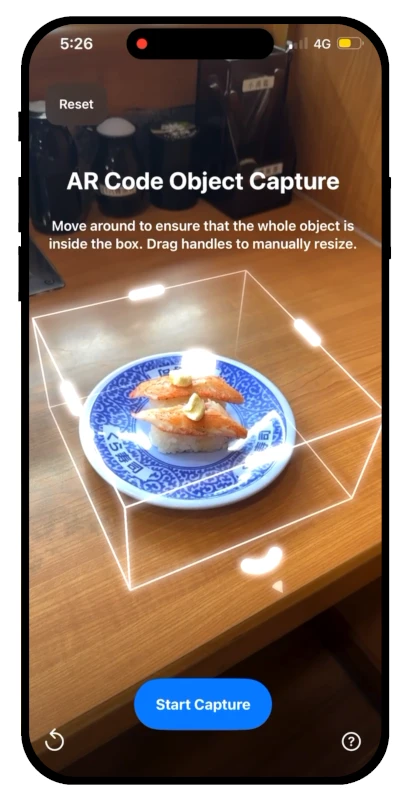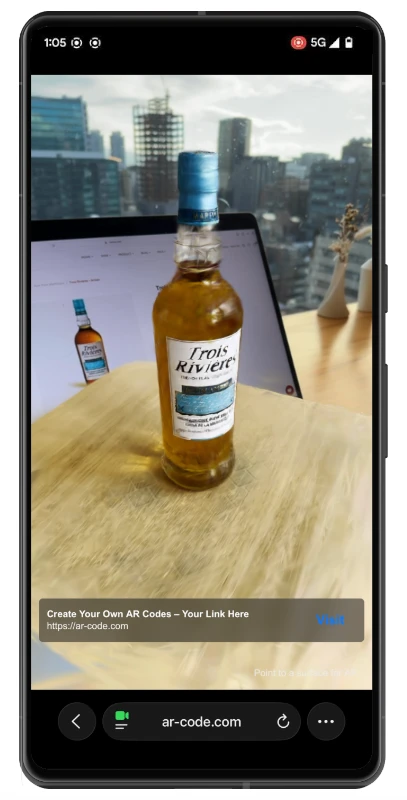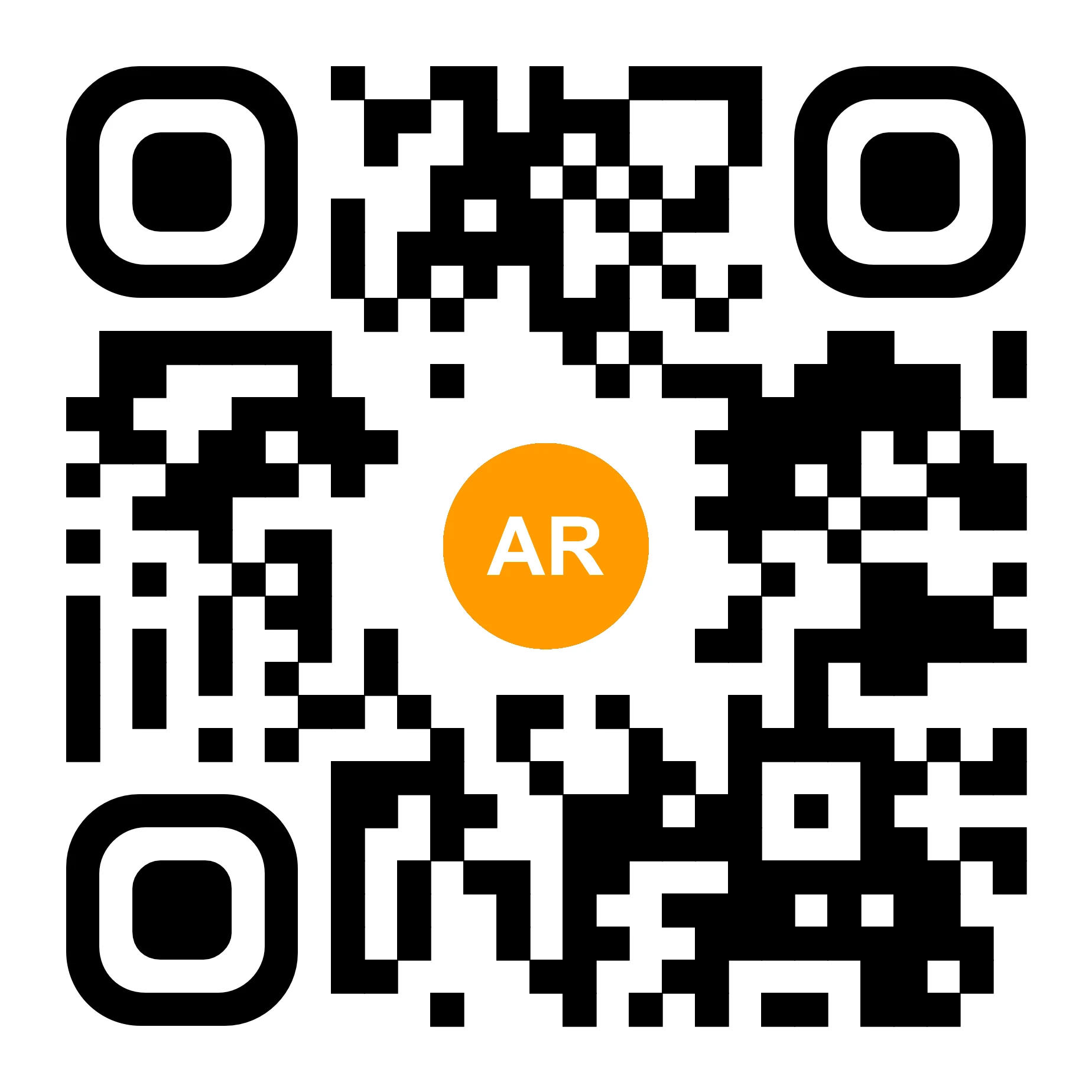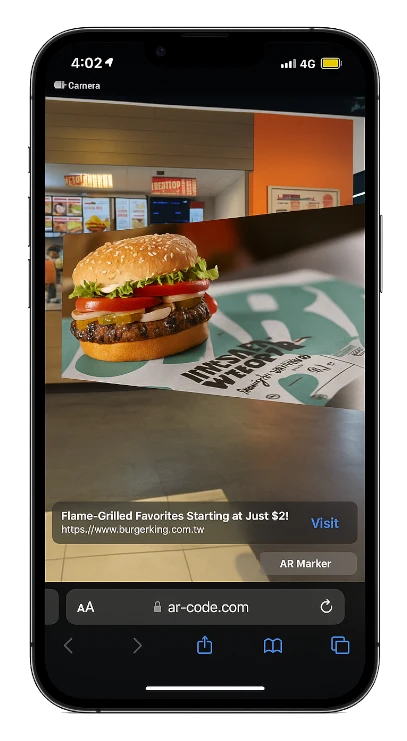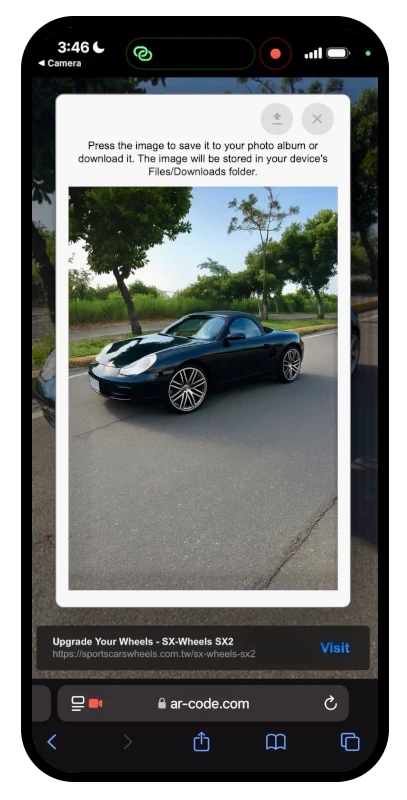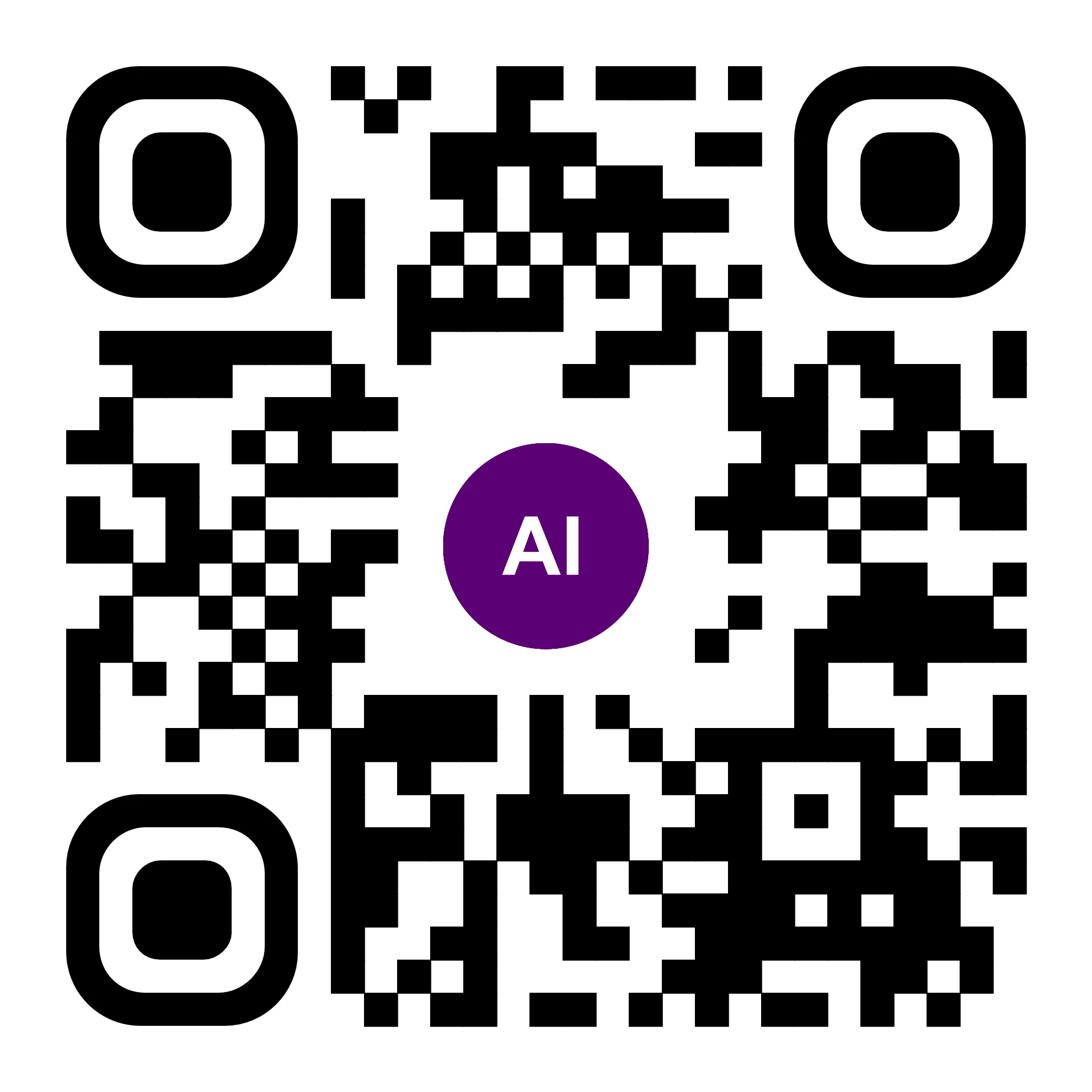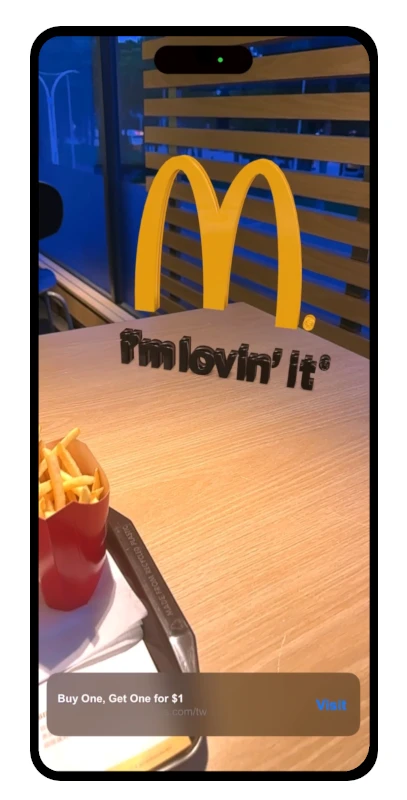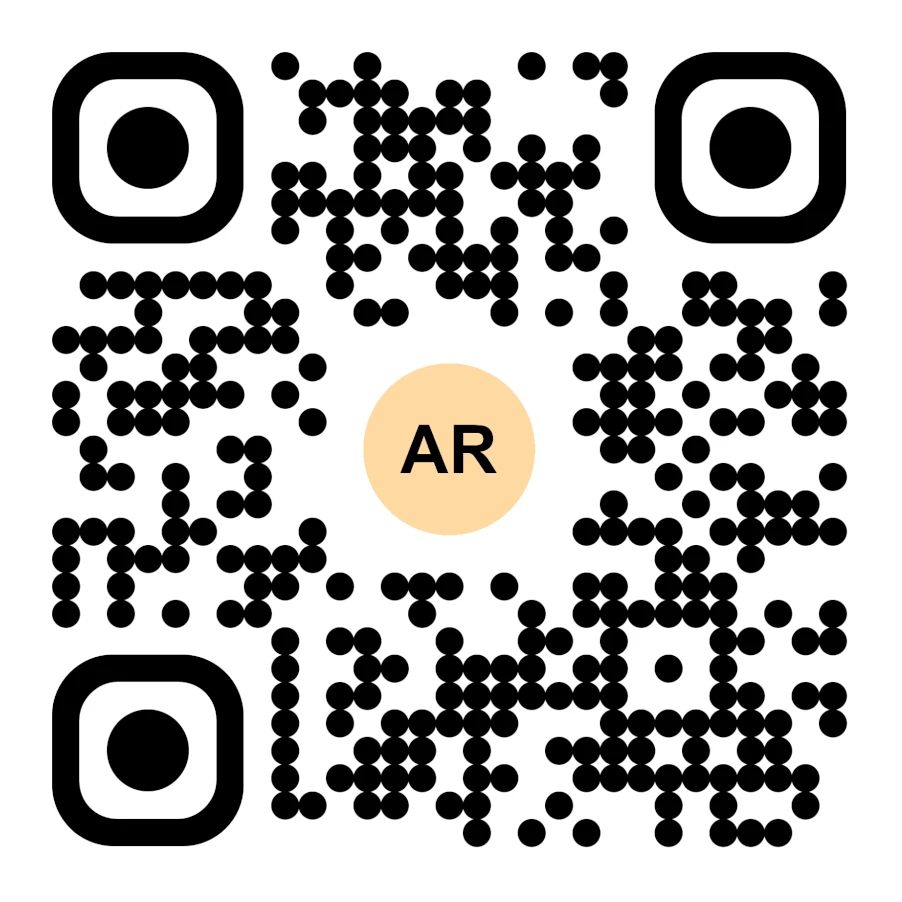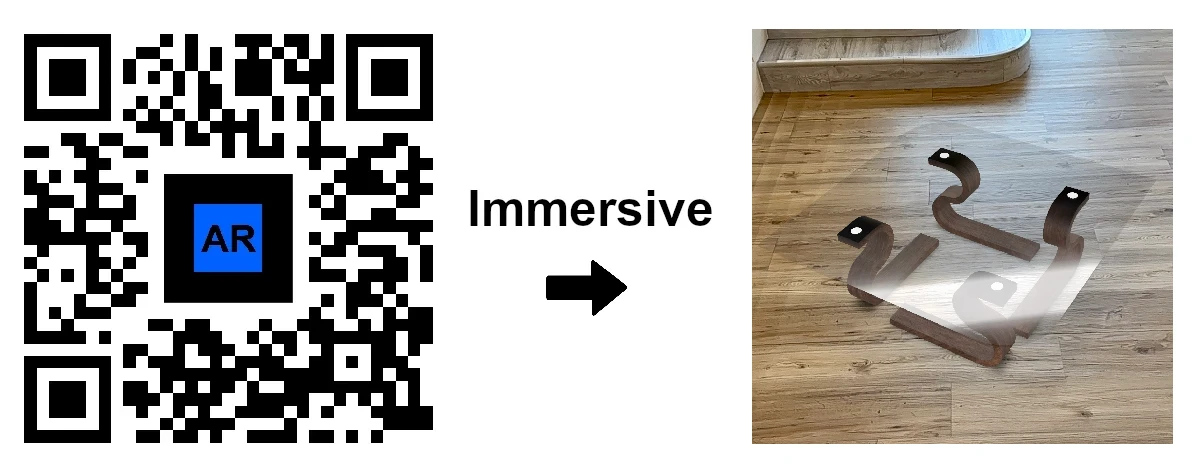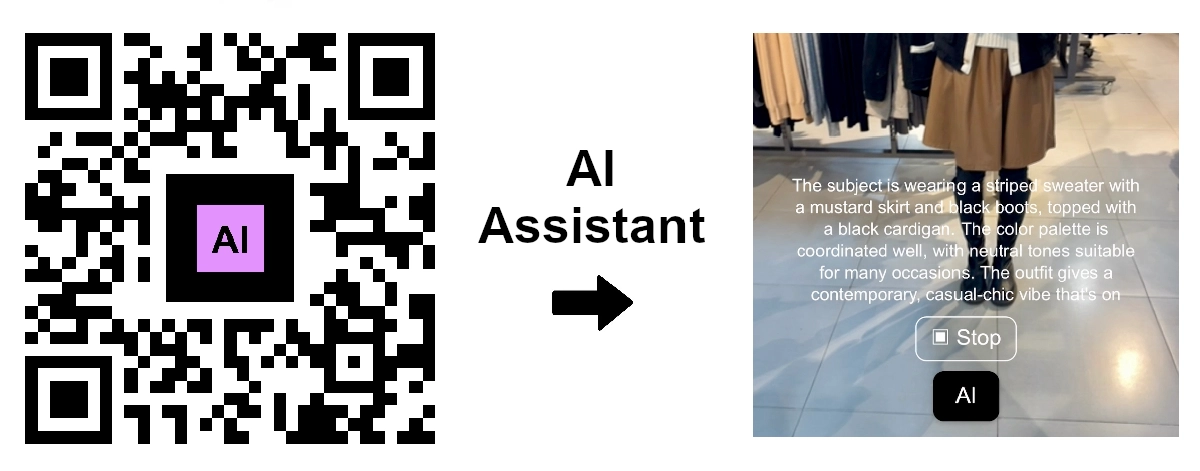
AR Splat: A New 3D Scanning-to-Augmented Reality Solution Based on Gaussian Splatting
AR Code Tech | 04/12/2025
AR Splat by AR Code is a cutting-edge solution for businesses seeking fast, high-quality 3D scene creation. Upload any walk-around video—AR Splat transforms it into an immersive, photorealistic 3D environment instantly accessible through an AR QR Code. Powered by advanced Gaussian Splatting, AR Splat delivers lifelike materials and precise depth straight from the browser without apps, coding, or special hardware. Companies can easily offer engaging augmented reality experiences for customers and teams with minimal effort.

AI Code’s Image Generation Redefines Product Visualization Through a QR Code Scan
AR Code Tech | 03/12/2025
AR Code is revolutionizing Augmented Reality (AR) and Artificial Intelligence (AI), providing advanced AI-generated visualizations that instantly engage customers with a QR code scan. Unlock the business value of AI Code for your enterprise and elevate customer interaction through immersive visual experiences.
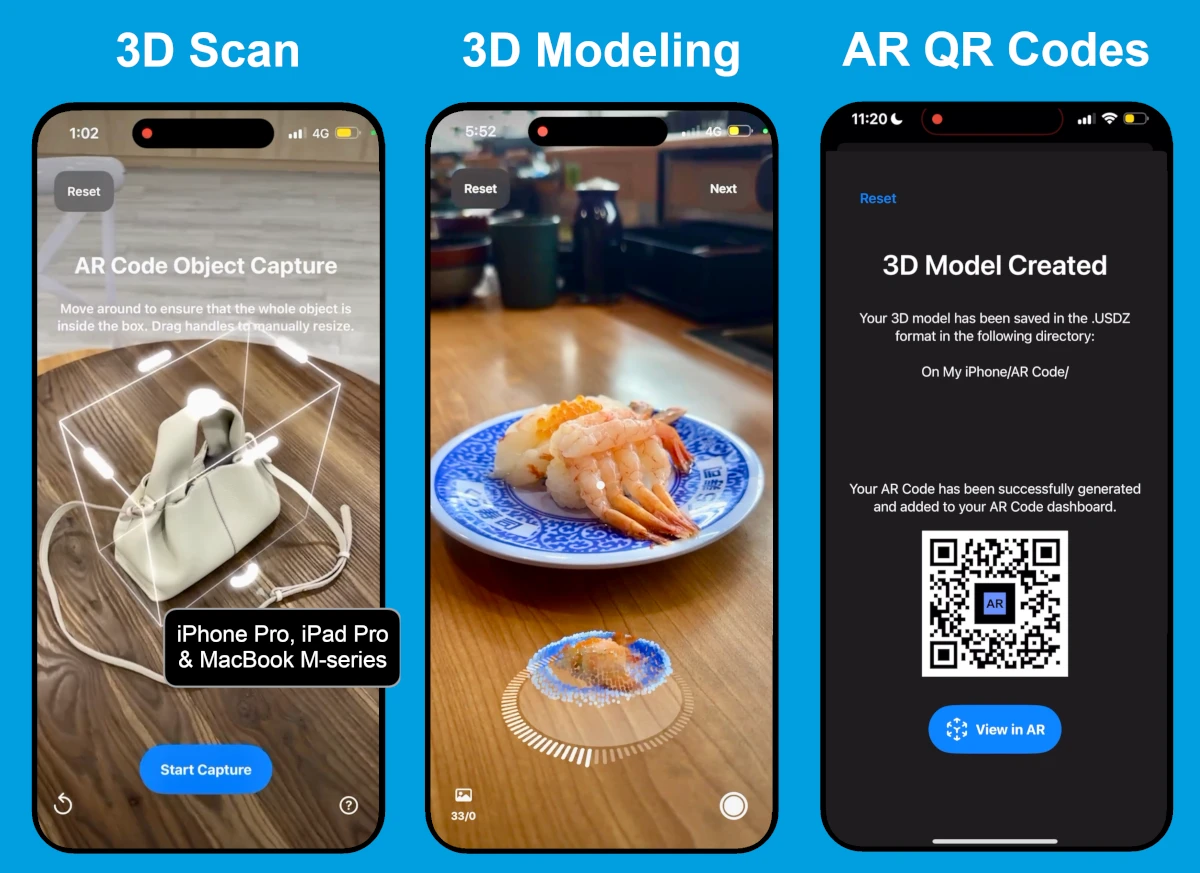
AR Code Object Capture Now Works on All iPhones and iPads No LiDAR Required
AR Code Tech | 04/12/2025
Unlock powerful augmented reality solutions for your business with the AR Code Object Capture app. With support for all iPhones and iPads—even without LiDAR—your team can capture, generate, and deploy impressive 3D models and AR QR Codes instantly, using any Apple device with a camera. Accelerate your digital transformation and deliver immersive AR content to your customers with ease.
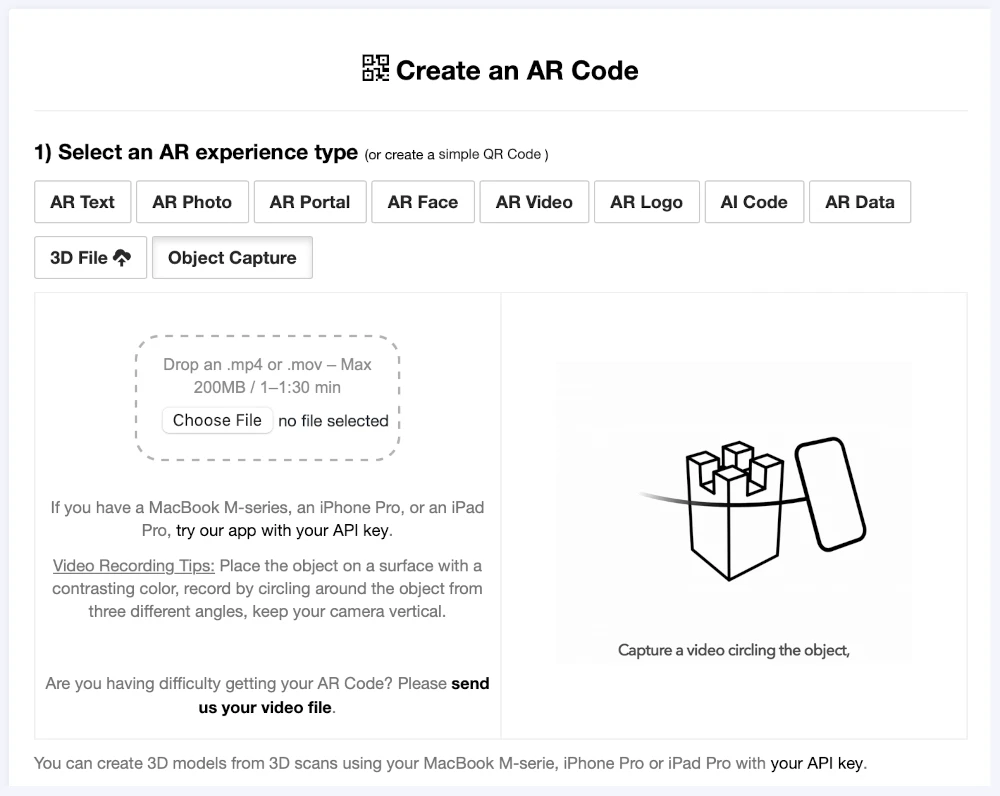
3D Scanning from Video Now Available on the AR Code Web Interface
AR Code Tech | 01/12/2025
Transform your business with the cutting-edge AR Code Object Capture solution, now accessible through our web platform. Elevate your brand by seamlessly turning video-based 3D scanning into interactive augmented reality content in just a few clicks.

Guide to 3D Scanning with Our "AR Code Object Capture" Solution
AR Code Tech | 04/12/2025
Accelerate your business's digital transformation with AR Code Object Capture, the advanced SaaS platform for 3D scanning and augmented reality solutions trusted by leading organizations worldwide. With a powerful, user-friendly interface, quickly generate high-quality 3D models that redefine marketing, online retail, manufacturing, and product demonstrations. Integrate AR Code’s technology to deliver interactive AR experiences that engage customers and set your brand apart from competitors.
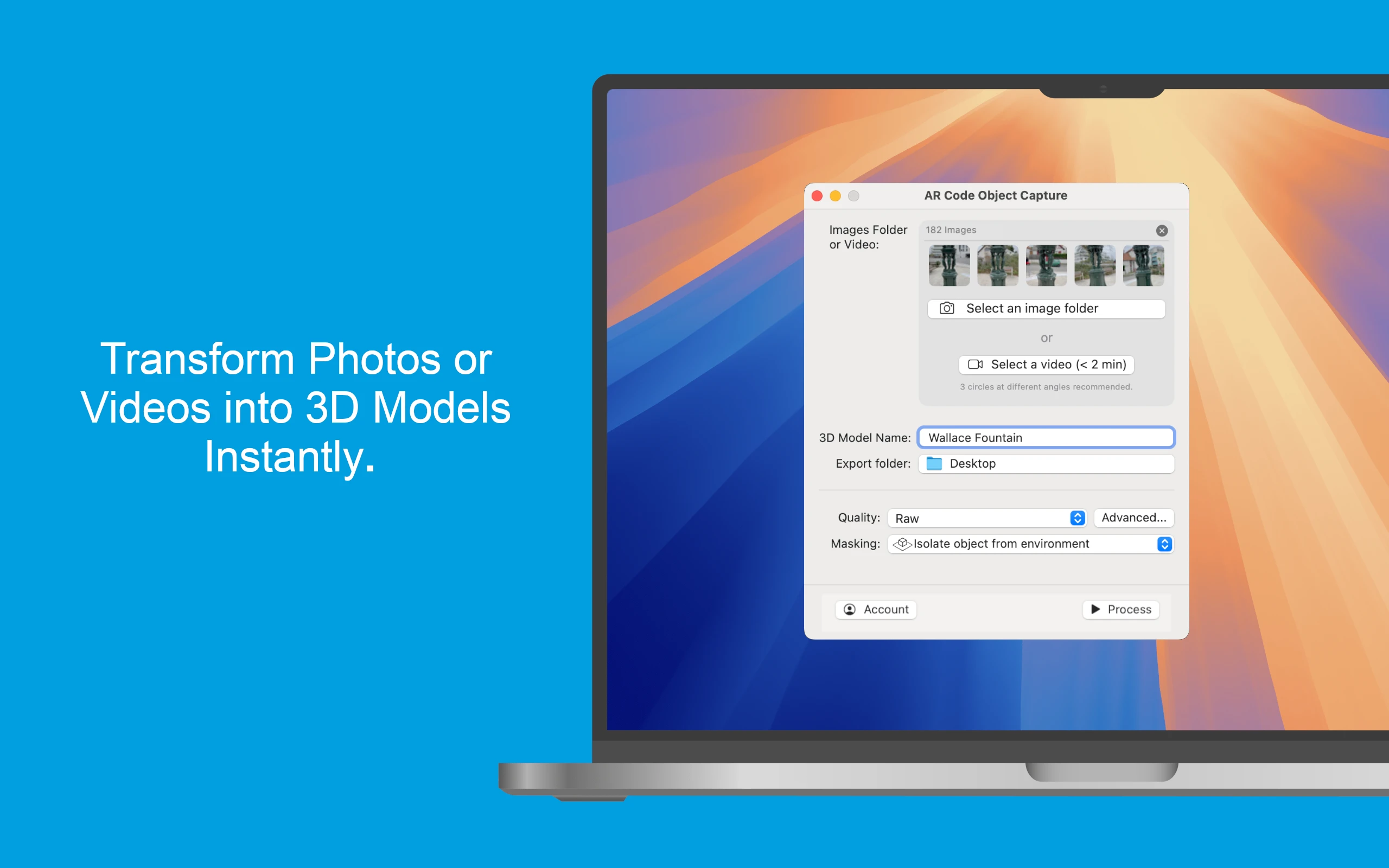
From Video to 3D Modeling: Photogrammetry with AR Code Object Capture on MacBook M-Series
AR Code Tech | 04/12/2025
Empower your business with the advanced AR Code Object Capture app, a leader in 3D scanning and augmented reality SaaS for enterprise solutions. Fully optimized for MacBook M-series devices on macOS 15.0+, this application turns real-world products into interactive 3D models and AR QR Codes in minutes. With instant cross-device compatibility for iPhone and iPad, AR Code Object Capture drives efficient and effective AR workflows proven to deliver superior experiences over the web interface.
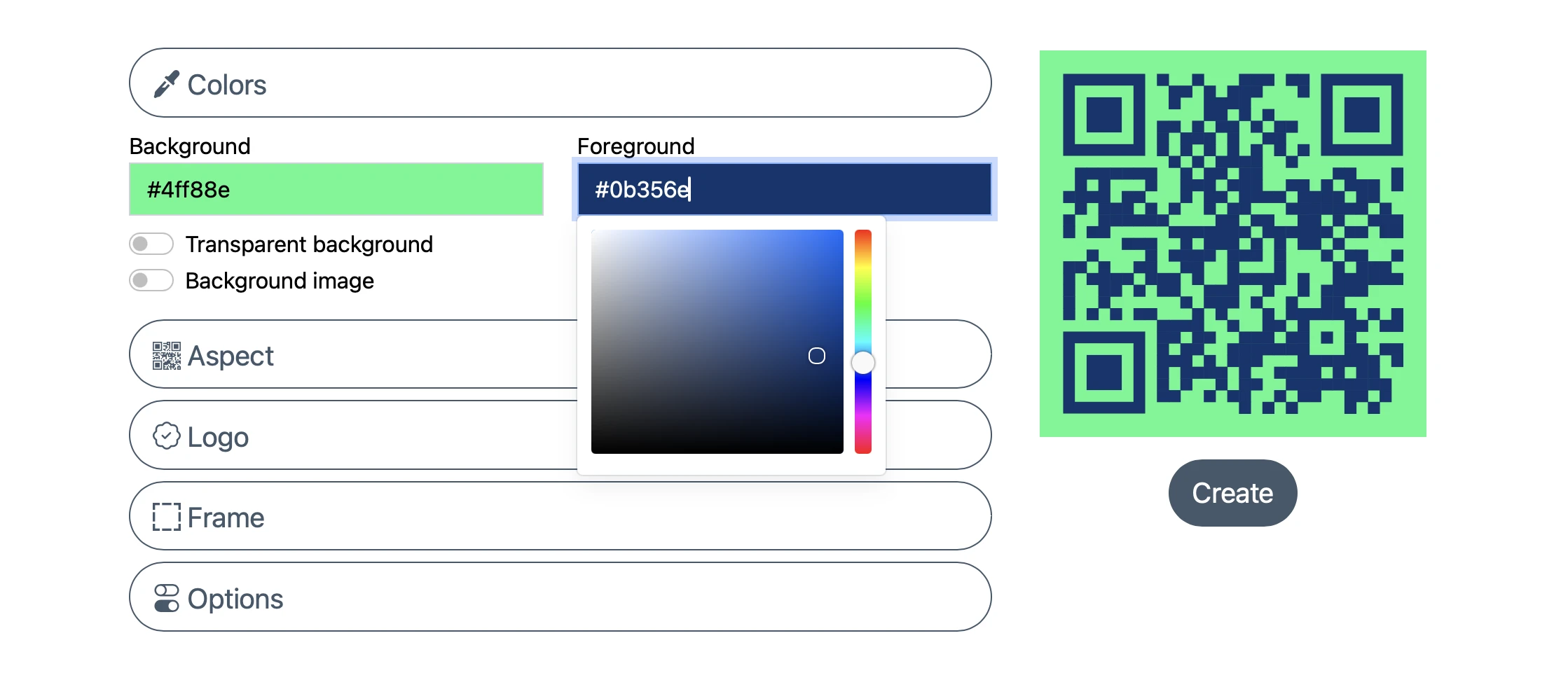
Personalize Your AR Codes with Innovative Design Options
AR Code Tech | 04/12/2025
AR Codes are redefining business engagement by merging physical products, print materials, and digital platforms into interactive augmented reality experiences. Unlike traditional QR codes, AR Codes on the AR Code SaaS platform deliver advanced visual customization, transforming standard QR designs into vibrant, interactive digital assets that increase brand recognition and drive measurable user interaction. When users scan an AR Code, they instantly access immersive AR content that elevates brand engagement and retention. For a deeper look at AR Code technology, see the key differences between QR codes and AR Codes.
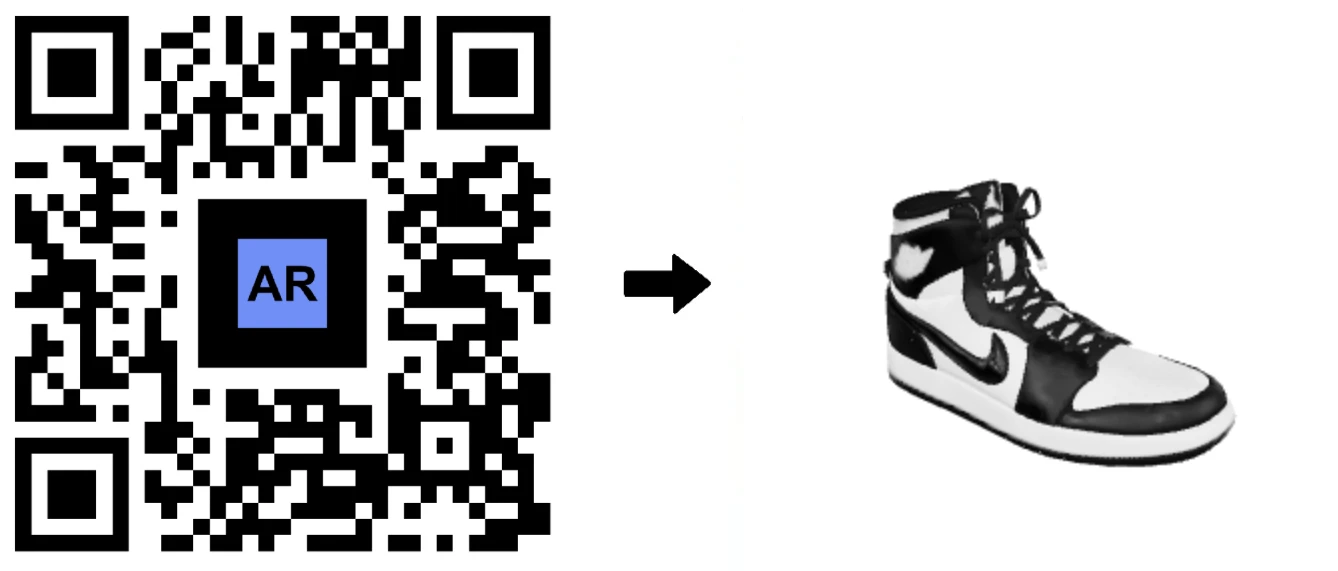
AR Code's Low-Power SLAM: Augmented Reality for Everyone, Everywhere
AR Code Tech | 04/12/2025
Accelerate your business growth with AR Code, the leading SaaS solution transforming accessibility and engagement in Augmented Reality. The AR Code platform lets companies launch impactful AR experiences across all target audiences, from high-end smartphones to affordable Android devices. Built on advanced low-power SLAM (Simultaneous Localization and Mapping) technology, AR Code enables immediate, browser-based AR, removing app download barriers and boosting global customer reach.

Revolutionize Your Online Boutique with 3D Scans Using the AR Code Object Capture App
AR Code Tech | 04/12/2025
In today’s dynamic e-commerce landscape, creating immersive and interactive shopping experiences is vital for gaining a competitive edge. Modern shoppers expect to engage with products online as realistically as they would in store. AR Code empowers businesses to meet and exceed these expectations using advanced Augmented Reality solutions. With the intuitive AR Code Object Capture app, online boutiques and retailers can quickly integrate cutting-edge AR shopping features and instant product visualization. Customers simply scan an AR QR Code to instantly view products as 3D models in their environment—no separate app download required.
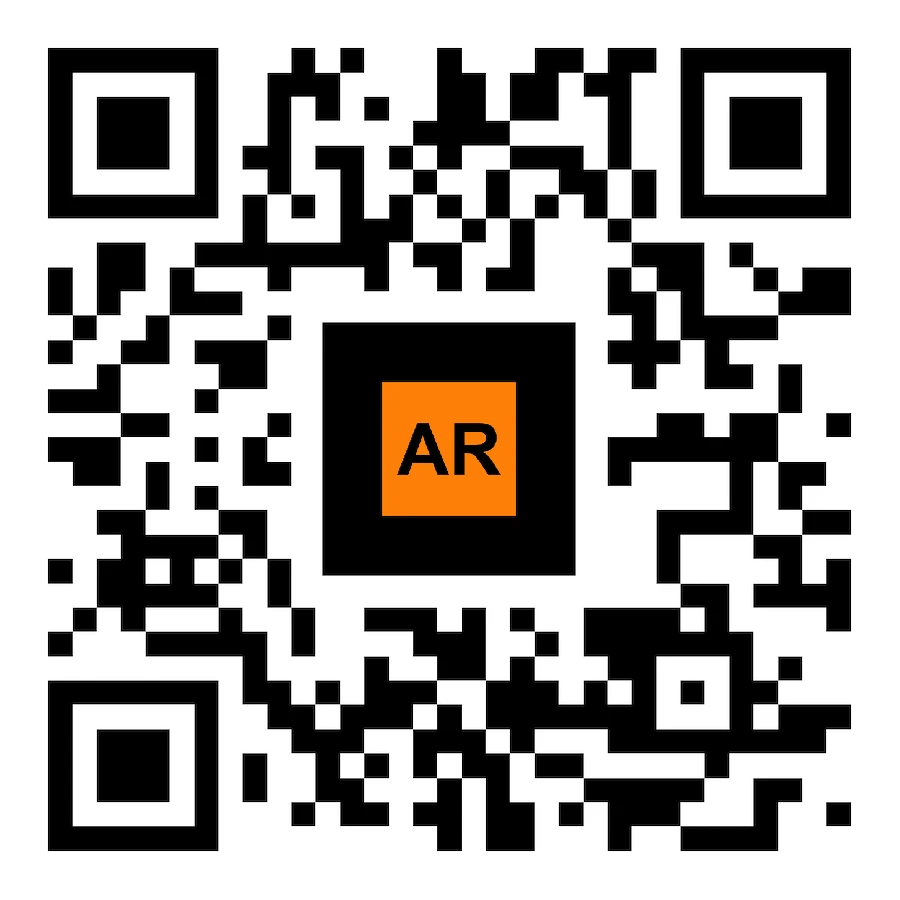
AR Face Filter Creation Simplified: Boost Brand Engagement with AR QR Codes
AR Code Tech | 04/12/2025
Accelerate your brand’s reach and revolutionize your marketing with AR Face Filter, the leading augmented reality SaaS solution from AR Code. Instantly display your logo or images on users’ faces with advanced AR and AI technology. Ideal for sports teams, event organizers, entertainment venues, and brands focused on outstanding audience engagement, AR Face Filters offer unmatched visibility—no app download required. Discover AR Face Filter solutions and unlock new levels of interactive marketing for your business.

Revolutionizing Restaurant Menus with AR Code Object Capture 3D Scanning and AR QR Codes
AR Code Tech | 04/12/2025
Reimagine your dining and business experience with the AR Code Object Capture tool—an advanced augmented reality SaaS solution for iPhone, iPad, and MacBook M-Series devices. This platform empowers restaurants and forward-thinking businesses to capture and share stunning 3D scans of menu items, enhancing customer interaction and satisfaction. Use immersive AR QR Codes to present your offerings, elevate brand engagement, and distinguish your business with leading AR technology.

Digital Transformation of Museums with AI QR Codes
AR Code Tech | 04/12/2025
In the modern digital marketplace, forward-looking museums and cultural businesses are transforming visitor interaction and boosting educational value with innovative Augmented Reality (AR) and Artificial Intelligence (AI) technologies. AI AR Codes are leading this movement, enabling organizations to offer captivating, interactive, and personalized journeys through art and history. For institutions committed to advancing exhibitions and maximizing audience reach, the AR Code SaaS platform delivers a powerful suite of digital tools to increase visitor engagement and unlock new business opportunities.

Comprehensive Guide to AR Code SaaS Plans and Licenses
AR Code Tech | 03/12/2025
Accelerate your business growth and outpace competitors by adopting AR Code, the leading augmented reality SaaS platform engineered for professional use. AR QR Codes from AR Code let businesses of any size deliver engaging interactive content that elevates brand awareness, maximizes customer engagement, and drives sales. Choose from flexible SaaS packages designed for startups, SMBs, and global enterprises and implement AR Code to future-proof your digital strategy.
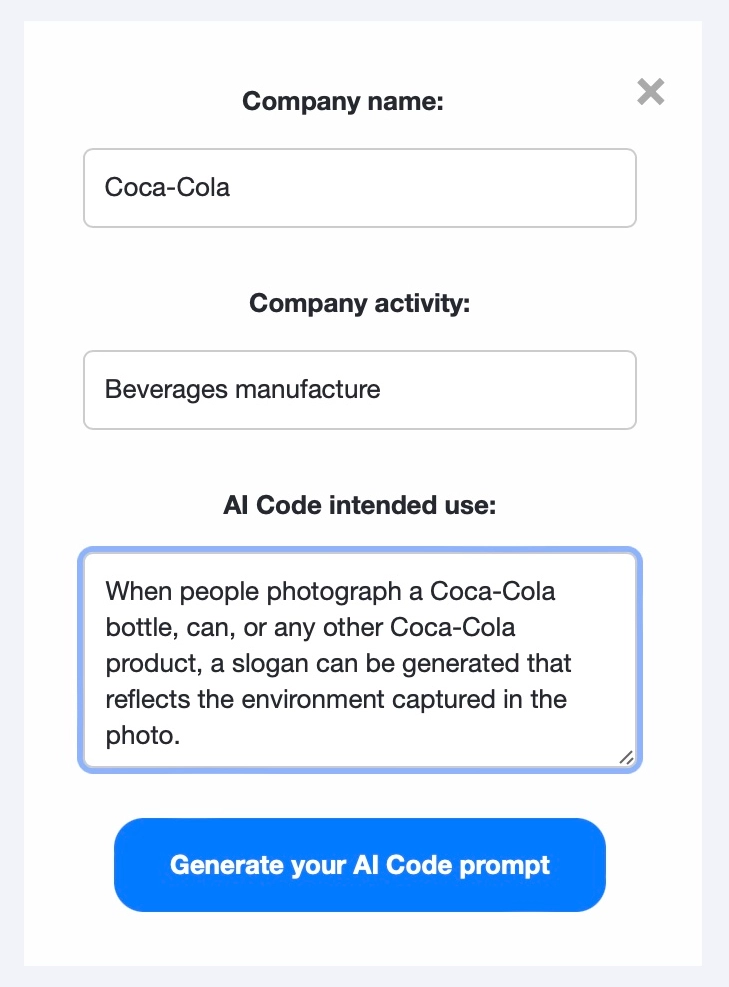
AI Code: Augment Reality Using AI Assistance and AI Virtual Try-on Through AR QR Codes
AR Code Tech | 03/12/2025
In today’s digital landscape, businesses need innovative solutions to capture attention, drive engagement, and stay ahead of competitors. AR Code empowers businesses by combining cutting-edge Augmented Reality (AR) and Artificial Intelligence (AI) technologies, delivering the powerful AI Code. This AI Assistant QR Code technology redefines user and enterprise interaction, generating intelligent automation and increasing brand engagement across all sectors.
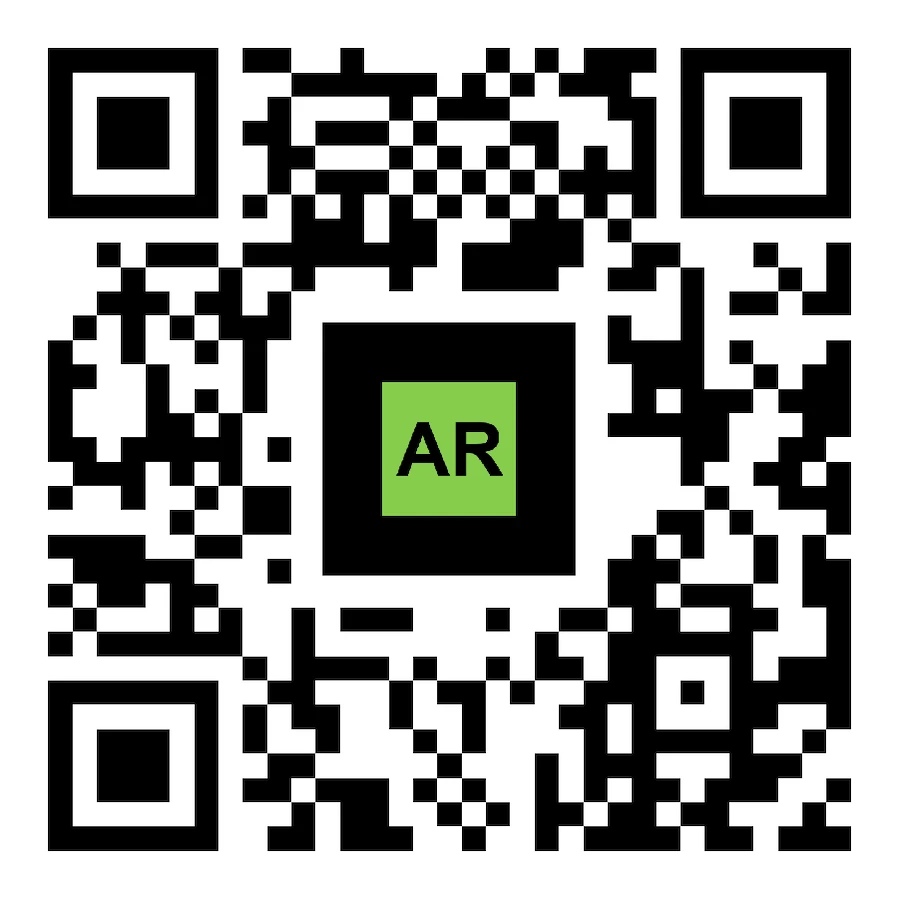
Display Remote Text Data on an AR QR Code with the AR Data Feature and Its API
AR Code Tech | 03/12/2025
Augmented reality is revolutionizing how businesses operate and boost digital engagement globally. The AR Code AR Data feature lets your business display real-time information via AR QR Codes for any audience, anywhere. This robust AR SaaS platform streams live data in an immersive AR environment, enabling businesses to drive impactful customer experiences and streamline operations. Gain a competitive edge by integrating the powerful AR Code API to automate processes, serve dynamic content, and enhance your brand’s visibility.
AR Code technology empowers businesses to overlay digital content such as 3D models, text, images, and videos onto physical environments using smartphones, tablets, and AR headsets. As an innovative augmented reality SaaS solution, AR Code bridges the physical and digital worlds to open new doors for customer engagement and brand interaction. Learn more about how to scan AR Codes for instant access to AR experiences.
By combining digital media with real-world settings, AR Code delivers immersive augmented reality experiences that enhance user engagement and boost brand loyalty. See AR technology in action for virtual sports coaching and discover the powerful benefits of augmented reality in education. Explore our complete AR Code SaaS guide to select the best plan for your needs.
Impactful Business Applications for AR QR Codes
AR QR Codes are transforming industries with cutting-edge augmented reality experiences. AR Code SaaS advances traditional marketing and operations by adding digital interactivity. Explore AR Codes for interactive advertising to see how brands boost engagement and ROI.
Key sectors using AR QR Codes for business growth:
- Product Packaging: Enhance consumer engagement and stand out on shelves with 3D showcases, interactive video demonstrations, and instructional content. See how AR QR Codes revolutionize beverage packaging for increased brand impact.
- Event Marketing: Elevate banners, posters, and booths with AR-powered experiences for greater attendee interaction. Discover how AR QR Codes enhance event promotional materials and drive event engagement.
- Print Collateral: Make brochures, flyers, and business cards interactive, converting them into portals for digital storytelling. Learn how to implement AR QR Codes on business cards for powerful networking.
- Retail & Apparel: Add virtual try-on options and dynamic product visuals to clothing and in-store displays, boosting customer interaction and sales.
- Education & Training: Use AR modules to deliver interactive learning and practical training for employees and students. Visit AR Codes in Education for details on AR-powered learning.
- Publications & Guides: Bring static print to life with 3D illustrations and interactive videos in books, magazines, and newspapers. Learn about AR QR Codes transforming the reading experience.
- eCommerce & Websites: Provide 3D product previews, shoppable displays, and instant AR support to boost online sales. Enhance online shopping with AR Codes for higher conversion rates.
Transform restaurant menus with AR Code by turning static menus into engaging 3D dining experiences. Learn about using 3D scans for digital menus. Discover AR Code Object Capture for 3D modeling on any device.
Versatile AR Rendering Solutions
AR Code offers a wide range of augmented reality rendering options to match business needs: interactive 3D models, photorealistic scans, animated scenes, and AI-driven interactions. Boost engagement with AI Codes for product visualization and personalize user experiences using custom AR content.
All-in-One Tools for Professional AR Creation
The AR Code platform gives businesses, marketers, and educators a streamlined workflow with comprehensive AR creation tools:
- AR Code Object Capture – Scan real-world objects and generate detailed 3D models easily. Get the guide to 3D scanning for best results.
- AR Text – Instantly create and place custom 3D text in your AR scenes. Use the Text3D mobile app for fast AR text creation.
- AR Frame – Display photorealistic 3D photos in augmented reality for memorable user experiences.
- AR Portal – Build immersive 360-degree virtual walkthroughs. Watch the step-by-step AR Portal tutorial.
- AR Logo – Transform SVG graphics into interactive 3D logos. Learn to design 3D logos in AR in just minutes.
- AR Data API – Integrate up-to-date remote data in AR experiences for dynamic, live content. See how to use the AR Code Data API.
- AR Face Filters – Add branded face filters and masks for unique AR marketing. Boost campaigns with AR Face Filters.
- AI Codes – Use AI to deliver intelligent, personalized AR experiences with relevant content and smart recommendations.
- AR Videos – Attach engaging videos to AR QR Codes for superior multimedia interaction. Explore AR video capabilities.
Enhance Engagement with AR Code Marketing Features
Increase user engagement using Custom Links and Custom Pages in AR. Guide users to calls to action and tailor experiences for each segment through dynamic AR content.
The AR Code analytics dashboard tracks campaign performance, user behavior, and reach with real-time reporting. With cloud hosting and team management, brands can scale AR projects efficiently. Learn how to track and retarget users from AR QR Code experiences for optimal marketing results.
Broad Compatibility Across Devices
AR Code is compatible with Meta Quest 3, Apple Vision Pro, and over two billion iOS and Android devices, ensuring your AR campaigns, educational content, and marketing efforts reach the widest audience. Explore how AR Code powers Meta Quest 3 and its full compatibility with Apple Vision Pro.
Unlock powerful augmented reality marketing with the AR Code SaaS platform. Begin your free AR Code trial to increase customer interaction, drive measurable engagement, and position your brand at the forefront of innovation.
145,802 AR experiences
547,270 Scans per day
128,256 Creators
